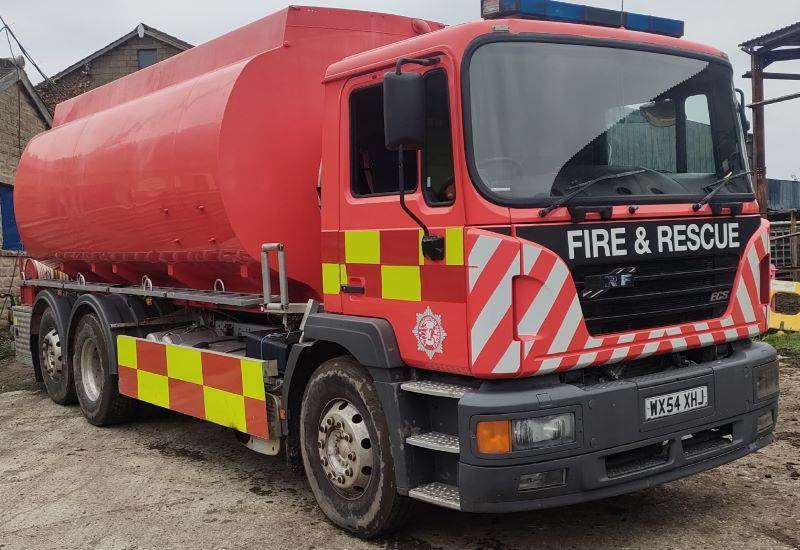The Importance of Fire Evacuation Training in the Public Sector
The South West Procurement Alliance (SWPA) and Fire and Evacuation Services have partnered together to highlight significant fire safety expertise and knowledge, in order to support the Public Sector, Local Authorities and Housing Associations. Fire and Evacuation Services are appointed to SWPA’s Fire Safety (FS2) Framework, providing a Waking Watch service throughout the South West.
Fire evacuation training is crucial for everybody and teaches us how to respond safely and effectively in the event of a fire. The Regulatory Reform (Fire Safety) Order 2005 outlines responsibilities for employers and building owners to ensure the safety of individuals within a premises, making this training a crucial practise across industries.
Fire evacuation training includes a variety of different regulations and important training aspects that need to be understood, in order to respond to a fire safely. Recognising fire alarms, understanding evacuation procedures, and using emergency exits properly are crucial elements of fire evacuation training.
The focus is on staying calm, knowing assembly points, and aiding others during evacuations. The training underpins the significance of fire drills, getting familiar with escape routes, and promoting general awareness of fire safety. Overall, it equips individuals with the know-how to protect themselves and others during a fire evacuation, reducing risks and ensuring an organised response.
No matter the profession, everyone can benefit from fire evacuation training to ensure a safe response during emergencies. Anyone can find themselves in a position where a fire may occur and therefore will benefit from thorough and immediate fire response skills. This will ultimately create a safer and more secure environment for everyone, whether at work, school or at home.
There are many facets to the importance of fire evacuation training. Recognising and understanding the initial fire risks is just as beneficial as knowing the evacuation procedures, emergency exit locations and fire alarm signals. It is important to know who your fire warden is if you are in a shared or public building, as well as the buildings specific fire safety policy, locations and procedures. Practicing using fire safety equipment is useful, in case of an emergency, along with how to contact the emergency services, what to look for and understanding how fire spreads.
Regular fire safety training and practicing fire safety drills will greatly improve your fire safety knowledge and possible save your life, and others around you, in the event of a fire.
Fire and Evacuation Services understand that fire evacuation training is a vital learning process that teaches people how to respond safely in case of a fire. For more information on how they can help you, use this link.


